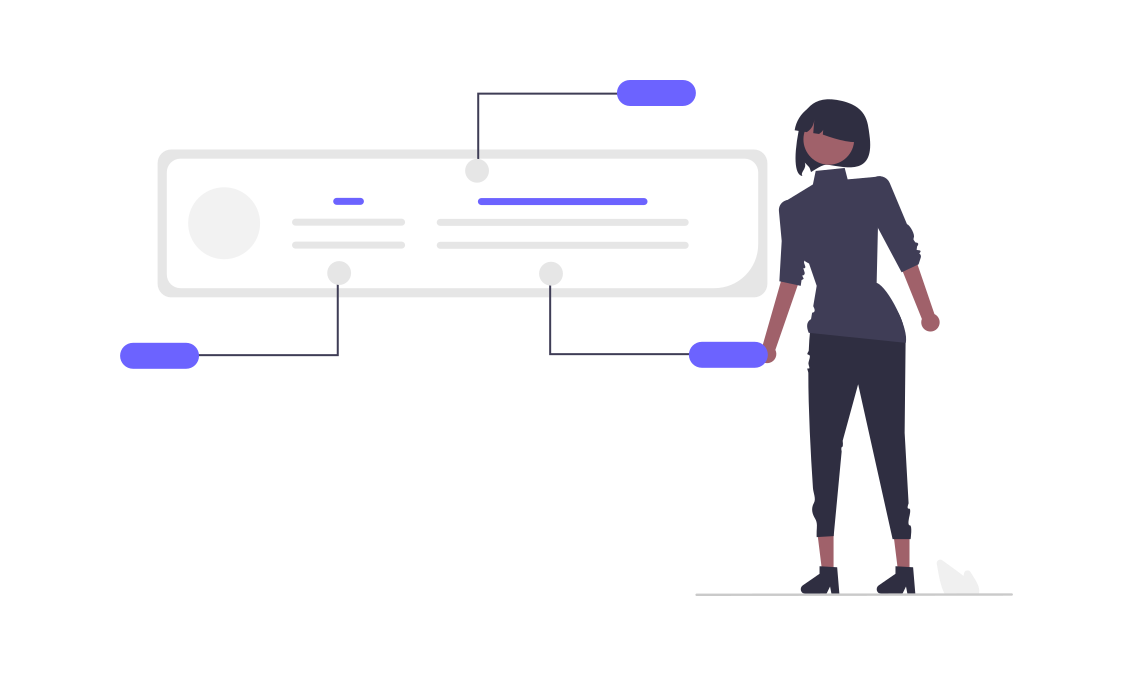In B2B marketing, retargeting is a powerful tool for re-engaging potential customers who have already interacted with your brand but haven’t converted yet. Unlike B2C, where purchases may happen quickly, the B2B buying process is often longer and more complex. This makes retargeting an essential strategy for nurturing prospects and moving them through the sales funnel. By implementing advanced retargeting techniques, B2B marketers can deliver personalized and timely content that resonates with their audience, increasing the likelihood of conversion.
This blog will explore advanced retargeting strategies that B2B marketers can use to boost engagement and drive conversions.
Segmentation-Based Retargeting
One of the most effective ways to optimize retargeting in B2B marketing is through segmentation-based retargeting. Instead of treating all website visitors the same, segmentation allows marketers to create different retargeting campaigns based on specific behaviors or attributes.
For instance, you can segment visitors based on the pages they’ve visited, such as product pages, pricing pages, or blog posts, and tailor the retargeting ads accordingly. Prospects who have spent time on pricing pages may be closer to making a purchase decision, so retargeting them with more direct offers or product demos would be more effective. Meanwhile, visitors who have engaged with educational content might benefit from seeing more informative ads that guide them further down the funnel.
Segmentation ensures that your retargeting efforts are more personalized and relevant, ultimately increasing the effectiveness of your campaigns.
Intent-Driven Retargeting
B2B buyers often take multiple steps before making a purchasing decision, which means that retargeting should be based on their intent. Using intent data, marketers can identify which prospects are showing signs of interest in specific products or services and then retarget them with highly relevant ads.
Intent-driven retargeting focuses on understanding the needs and behaviors of individual prospects and delivering the right message at the right time. By analyzing which content or pages a prospect engages with, intent-driven campaigns allow marketers to anticipate the next step in the buyer’s journey and offer tailored solutions that resonate with the buyer’s needs.
This approach helps ensure that prospects receive ads that are aligned with their level of interest and intent, making it more likely they will move forward in the decision-making process.
Sequential Retargeting
Sequential retargeting involves delivering a series of ads in a specific order, guiding prospects through a structured path toward conversion. Instead of showing the same ad repeatedly, sequential retargeting evolves based on how the prospect interacts with each ad or piece of content.
For example, the first ad might focus on introducing the company or product, while subsequent ads could address specific pain points, highlight product features, and eventually lead to a call to action such as scheduling a demo or contacting sales. This gradual progression keeps prospects engaged and builds familiarity, while the tailored messaging responds to where they are in their buyer’s journey.
Sequential retargeting can be highly effective in nurturing leads over time, providing them with the information they need at each stage of the funnel.
Cross-Channel Retargeting
Modern B2B buyers are engaging with brands across multiple channels, from websites to social media to email. Cross-channel retargeting ensures that your ads reach prospects wherever they are, creating a consistent experience and reinforcing your message across platforms.
With cross-channel retargeting, ads can follow prospects from one platform to another, ensuring that they see your message regardless of where they spend their time online. For example, a visitor who engages with your website can be retargeted on social media platforms such as LinkedIn or Facebook, or even through display ads on other relevant websites.
Cross-channel retargeting maximizes visibility and ensures that your brand stays top of mind throughout the buying process. It also provides a more cohesive experience for the prospect, reinforcing your messaging and keeping the engagement consistent across different touchpoints.
Dynamic Retargeting
In B2B, buyers are often researching specific products, services, or solutions, which makes dynamic retargeting especially powerful. Dynamic retargeting involves creating personalized ads that reflect the exact products or services a prospect has shown interest in.
For example, if a visitor has viewed a specific product page on your website, dynamic retargeting will display ads featuring that product, highlighting its benefits or offering a special promotion. This hyper-relevant approach keeps the prospect engaged and reminds them of the products or services they’ve already shown interest in.
Dynamic retargeting helps improve conversion rates by providing prospects with ads that are directly aligned with their previous interactions, making it more likely that they will return to your site and take the next step.
Frequency Capping and Ad Burnout Prevention
While retargeting can be highly effective, it’s important to avoid overexposure. Seeing the same ad too many times can lead to ad fatigue or frustration, which might cause prospects to disengage from your brand. To avoid this, use frequency capping to limit how often a prospect sees your retargeting ads.
By controlling the number of times a prospect is exposed to the same ad, frequency capping helps prevent ad burnout and keeps your campaigns fresh. You can also rotate ads or use sequential retargeting to ensure that prospects receive varied messaging instead of the same repeated content.
Carefully managing ad frequency ensures that prospects remain engaged without feeling overwhelmed, leading to more positive outcomes.
Conclusion
Advanced retargeting techniques are essential for B2B marketers looking to re-engage prospects and move them through the sales funnel. By using segmentation, intent-driven retargeting, cross-channel strategies, and dynamic content, businesses can deliver personalized and timely ads that resonate with potential buyers. These strategies ensure that retargeting efforts are both relevant and effective, ultimately leading to higher engagement and increased conversions.


